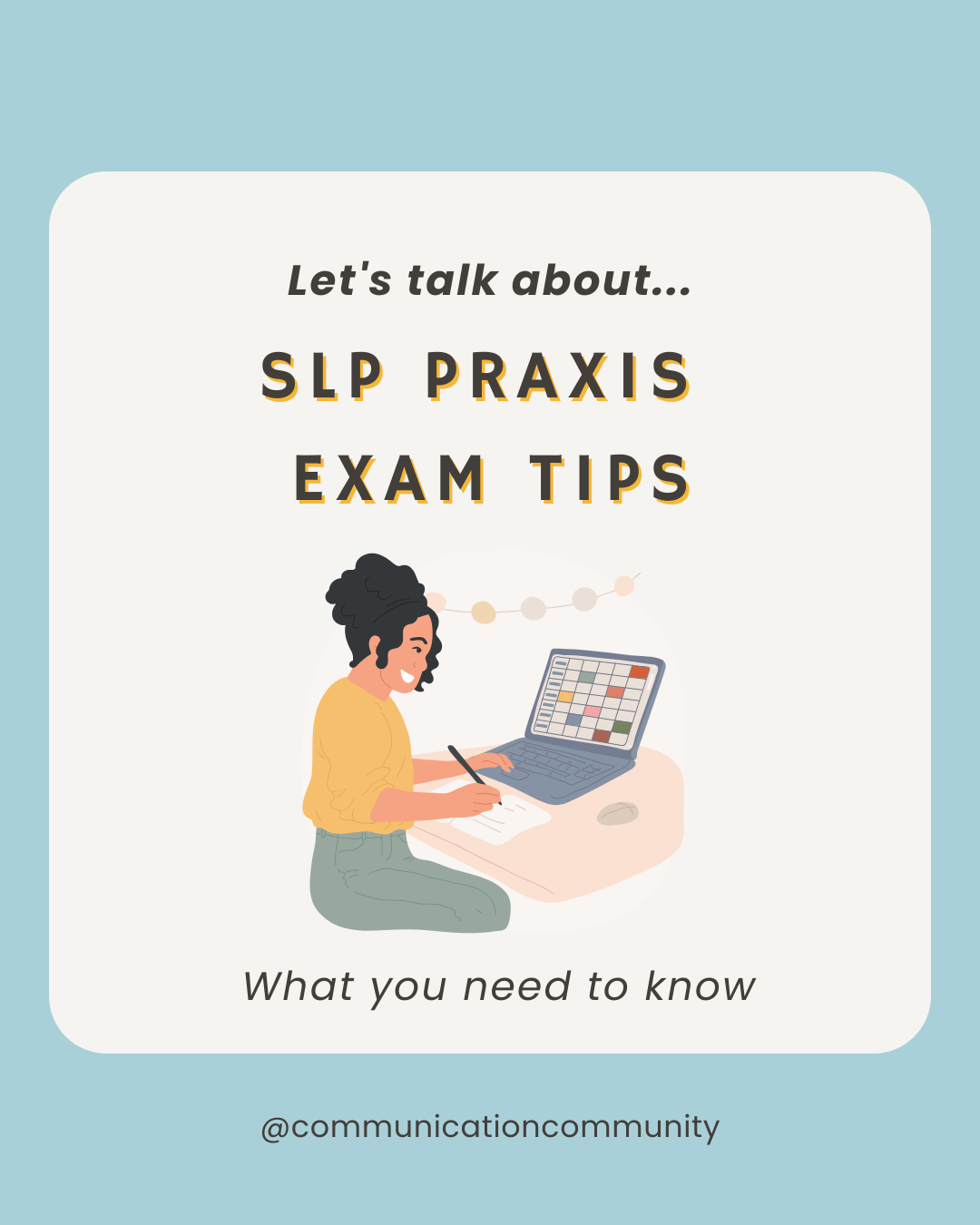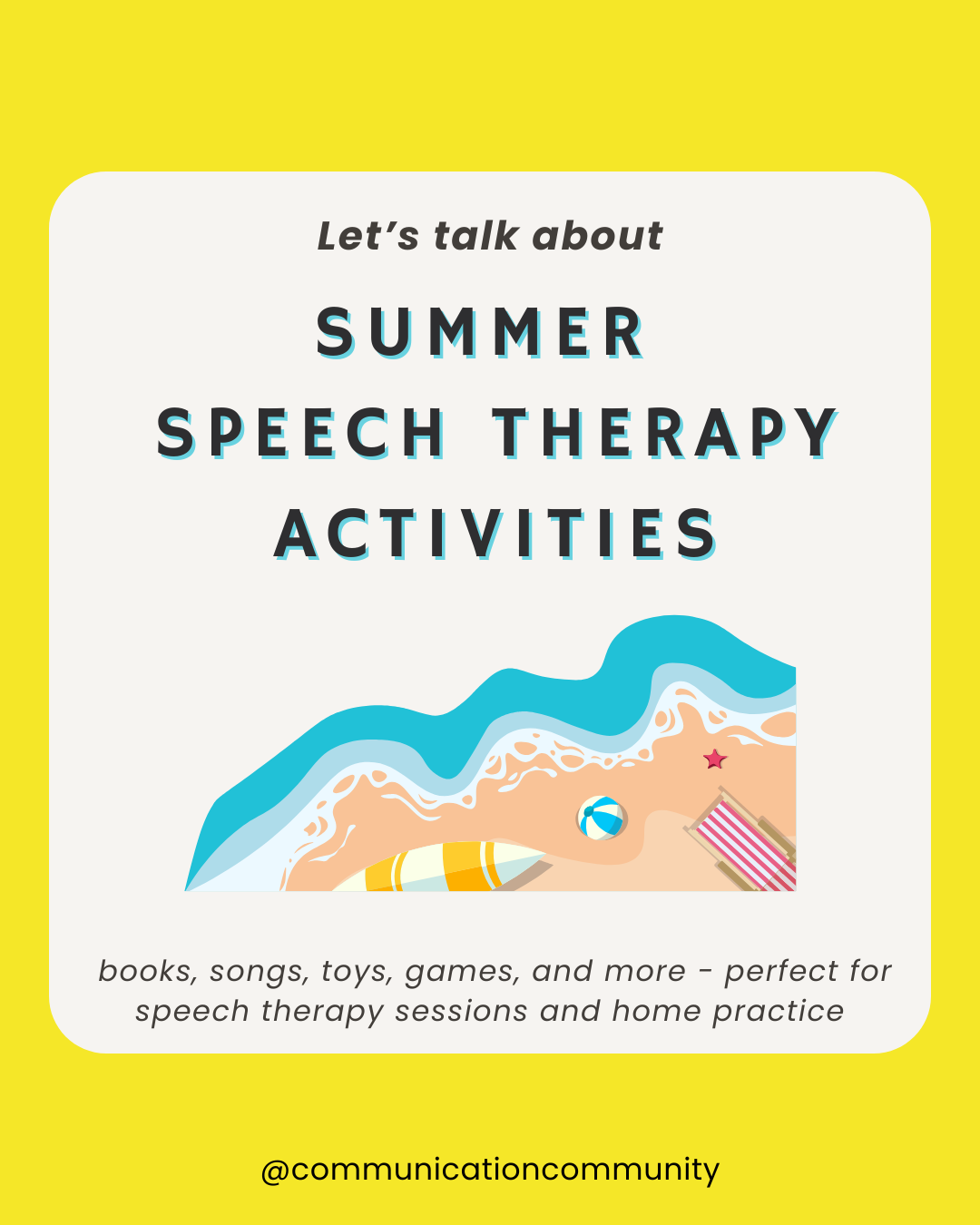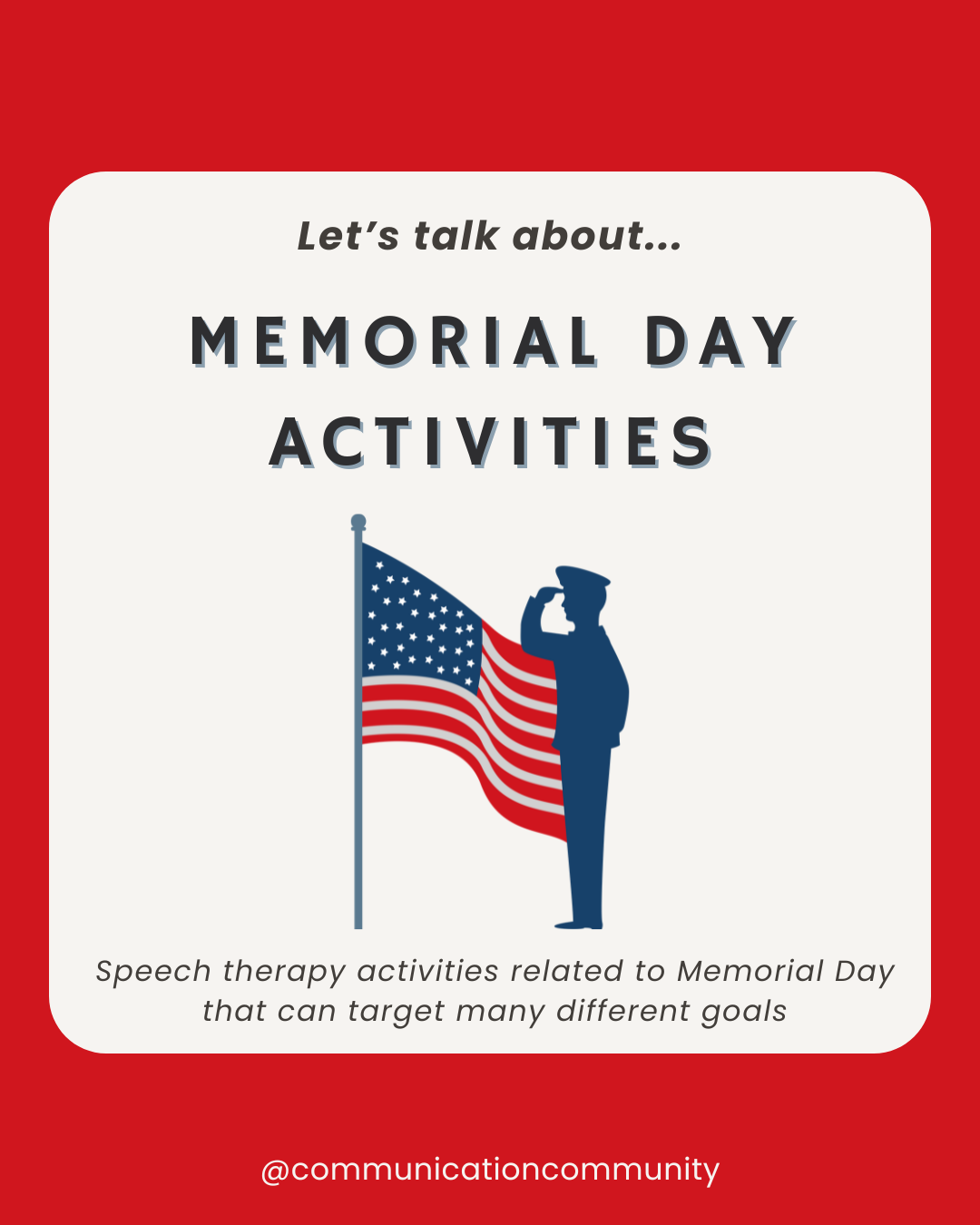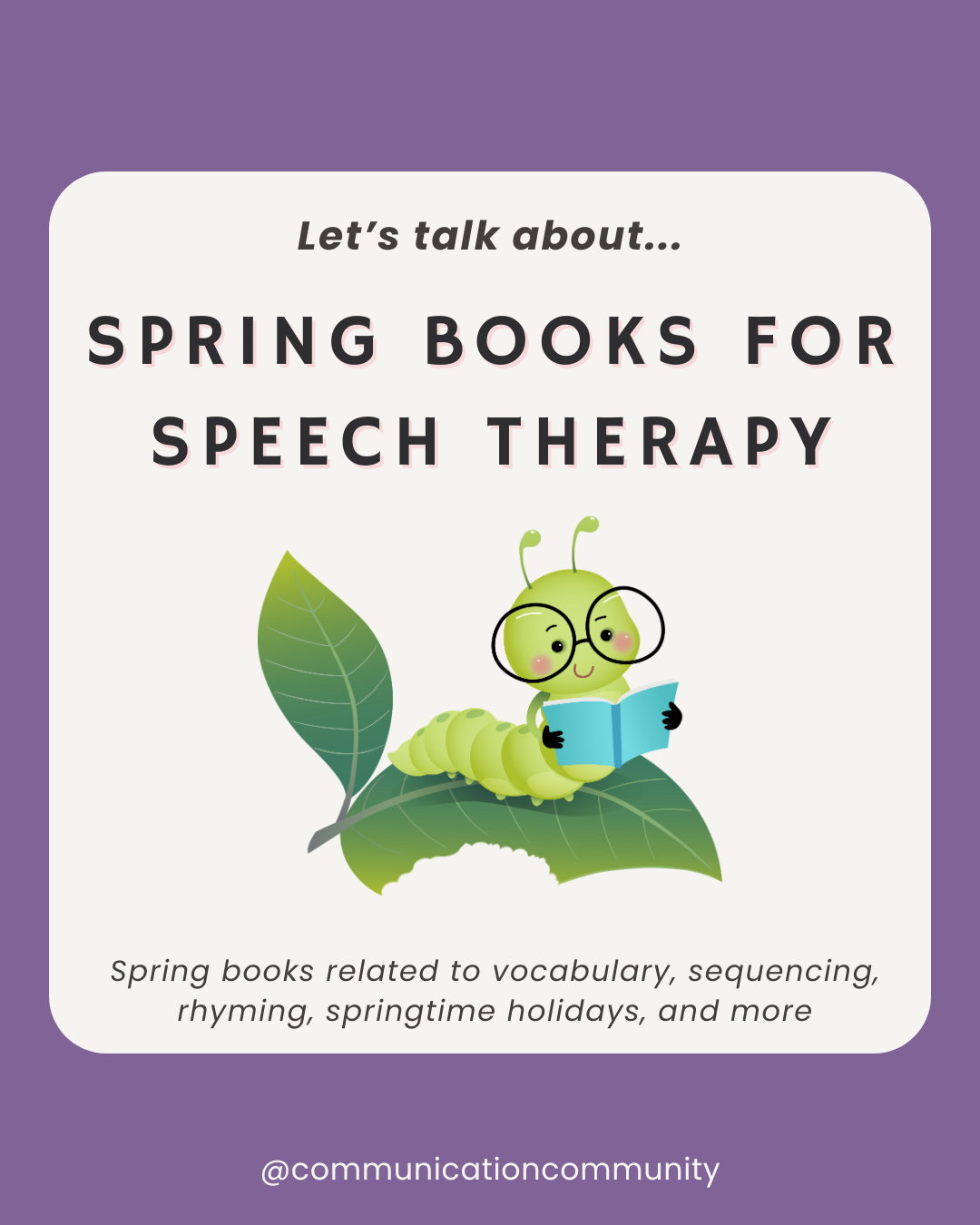“How do I get my child to talk?” or some derivative of this, is a VERY common question we receive as SLPs.
I wish feedback to the above question could be as simple as, “Follow this [very specific technique] and they will be up and chatting in no time!” Unfortunately, the human language system is in fact much more complex, and there are many different variables to consider; many of which are out of our control.
The question posed above tends to surface during a child’s first three years of life when childhood developmental milestones and skill levels are constantly changing. The language system is truly amazing. In just three years, children can go from producing gurgly, short babbles all the way to speaking in simple sentences!
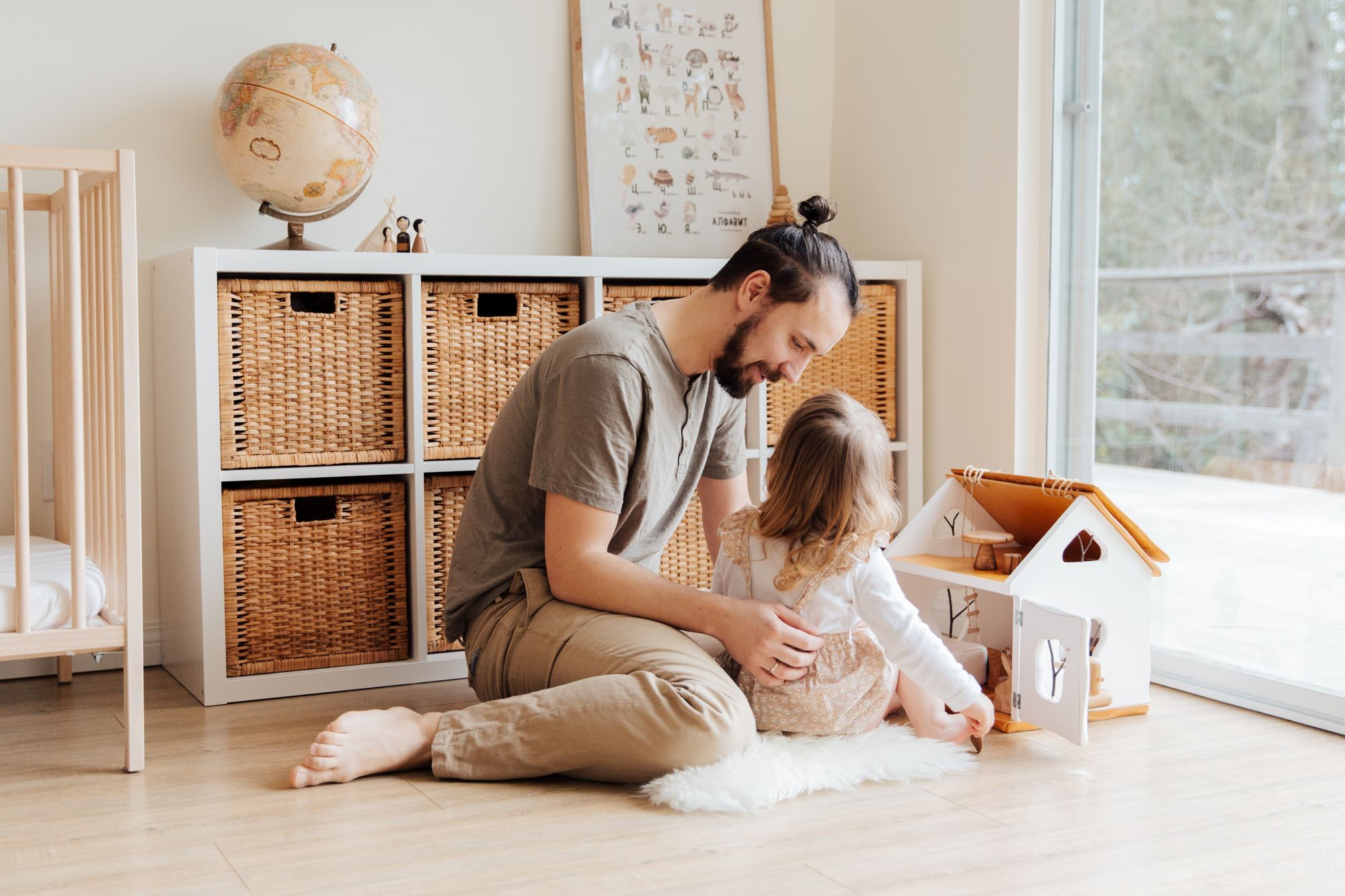
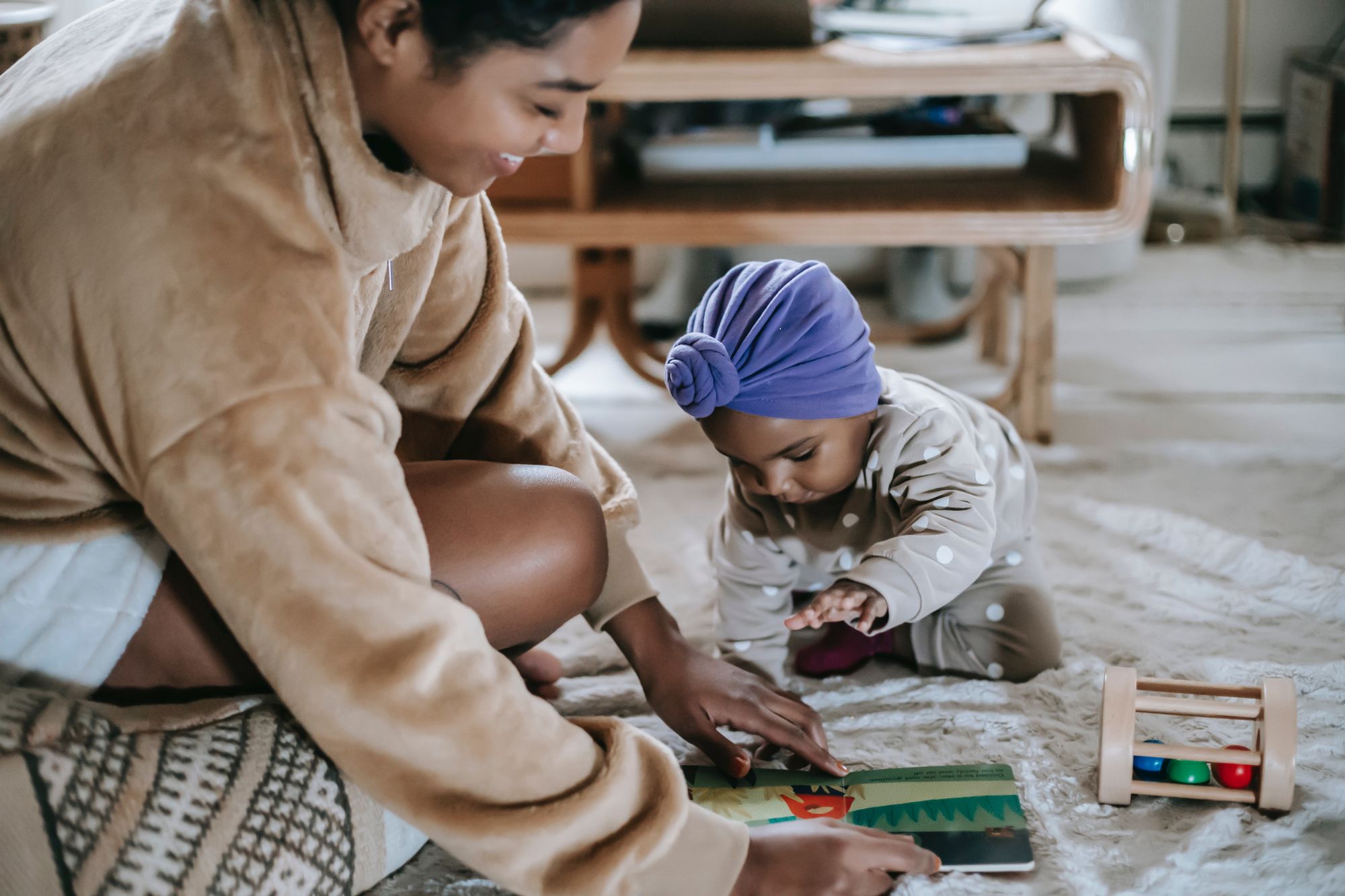
Image credits: Tatiana Sirikova (left), William Fortunado (right)
When Should My Child Say Their First Word?
Right around that first year mark is when (on average) you may hear your little one declare their first word. Some common ones are “mama,” “dada,” “bah” (ball), etc. These words are common because they are easier sounds to produce, they are motivating for the child, and they have heard them a lot!
Let’s not forget the word average here. Developmental milestones are usually outlined with average ages for skill acquisition because there is in fact a range. Keep this in mind if you are a parent who is feeling worried about their child not speaking on that precise one year mark…
However, as an SLP, I would also not advise to “wait and see” if you’ve seen consistent delays across different communication milestones. If you are unsure as to where your child should be in terms of language development, check out our post Developmental Milestones for Speech and Language for more information. Additionally, I would recommend speaking to your pediatrician and being transparent with any concerns you may have. If warranted, your pediatrician will make recommendations to best support your child and their development, which may include an evaluation by an SLP to determine if/where further intervention (e.g., speech therapy) is needed.
With all of that said, there ARE communication tips that parents/caregivers can utilize to increase opportunities for communication and build on developing language areas. As an SLP and parent, I have used every single one of the bullets I will mention with my 17-month-old and have recommended them to other friends, parents, and caregivers alike.
8 Ways to Help Your Toddler Talk:
1) Play with your child [get on their level]
Play allows children to learn to navigate and react to their environment. When you play with your child you are also modeling language in a natural and fun context; such as labeling/pointing to some of their favorite toys and demonstrating how they work. Play also provides some of the earliest examples of turn-taking (key for basic conversational exchanges) and problem solving, which are both foundational for the development of higher-level language functions.
Should you be interested in more of the benefits and different levels of play, you can check out our article: What Are Play Skills? [Implications for Speech and Language Development].
2) Use expansions and extensions
Expose your child to more language by using expansions and extensions (aka - building on your child’s existing speech/language)! It doesn’t take much, but being deliberate is great. Chances are, you are already doing it! For example, when your child says “blue ball,” instead of just replying, “blue ball!” back to them, you can say, “It's a blue ball!” (expansion) or “The blue ball is bouncing up and down” (extension). Expansions and extensions are great tools because they can be used across so many different contexts - play obviously being a favorite!
3) Label familiar and unfamiliar things
Label the various people/places/things (and actions!) your child is exposed to. Actions are mentioned because narrating what your child is doing is also beneficial for putting language into context for them (e.g., “[Name] is clapping!”). Of course, labeling items around your house all day can be exhausting, so be realistic and keep in mind those “functional” or “high exposure” words (e.g., items used during routines). For example, rather than just handing your child a spoon as usual with their meal, bring it to them and say, “Here is the spoon.” It’s okay to be repetitive!
4) Embrace the power of gestures
A toddler’s receptive language (the language they understand) skills are approximately 4x their expressive language (the language they produce/speak) skills. Sometimes it can be tricky to know just how many words your child actually understands and gestures can be a fabulous gateway into these words! For example, your child may not be producing the word, “no,” but will push away objects or shake their head to indicate refusal. While your child is using gestures, continue to model their intended word/phrase (e.g., “No apple for [name]”). The use of gestures at a young age also provides insight into future language development, aka, what words your child may be learning soon!
5) Incorporate manual signs
Similar to gestures, manual signs can be a great way to build on the language that your child is beginning to understand and is frequently exposed to. Some common early signs include “more,” “all done,” “eat,” etc.
By introducing your child to signs, you are increasing their access to language so they can let you know what they need. Chances are, they do understand the word (from what we know about receptive language), so you are just providing more ways for them to independently communicate! Increasing communication through signs can decrease your child’s frustrations and improve your connection with one another. One way to do this is at the end of a familiar routine, such as when they have finished a meal. When you remove their plate, say and model the sign “all done,” and immediately take them out of their highchair to indicate that mealtime is over.
6) Use cloze phrases
A cloze phrase (also known as fill-in-the-blank) gives your child exposure to more robust sentences and the opportunity to use a word within a specific context. One of my favorite ways to do this is through song! Pick a song that your child has had frequent exposure to and give them the opportunity to fill-in-the-blank (e.g., “Head, shoulders, knees, and ____”). By giving them a cloze phrase to complete, you are taking turns, decreasing unrealistic demands, and providing access to higher-level sentence structures.
7) Read, read, read.
I can’t say it enough. Reading with your child is beneficial for so many reasons. Truly, at any age. Reading can be incorporated into routines (e.g., reading before bed), help facilitate choice/decision making (e.g., having your child select the book they wish to read), and provide exposure to label and model new language (Don't live near water? Read a book about marine life!), and increase exposure to phonological awareness skills (a prerequisite for successful literacy development).
There are SO many excellent books out there that help contribute to speech and language. Check out some of our handpicks in our post: 20+ Best Books for Speech and Language.
8) Pause & slow down
With developmental milestones flashing before our eyes, it’s easy to forget to stop and smell the roses. Do what you can, when you can, with the resources you have. Is giving consistent undivided attention to your child going to increase your communicative connection? Probably. But is it realistic? Probably not. Neither is labeling every single object in sight. However, stopping to slow down when you are engaged in play with your child may give you more insight into their wants, needs, and what motivates them. Tip: use items that are motivating (e.g., toys they reeeeally like) because it will increase their desire to access them - aka communicating to get them! Providing an extended pause, such as after you’ve asked them a new question, may also give them a bit more processing time to appropriately respond to what you’ve said.
We hope that this list has been helpful in supporting your child’s communication!
Should you be interested in more communication tools and tips, stay tuned to all of our latest posts by subscribing to our SLP content (free to sign up)!

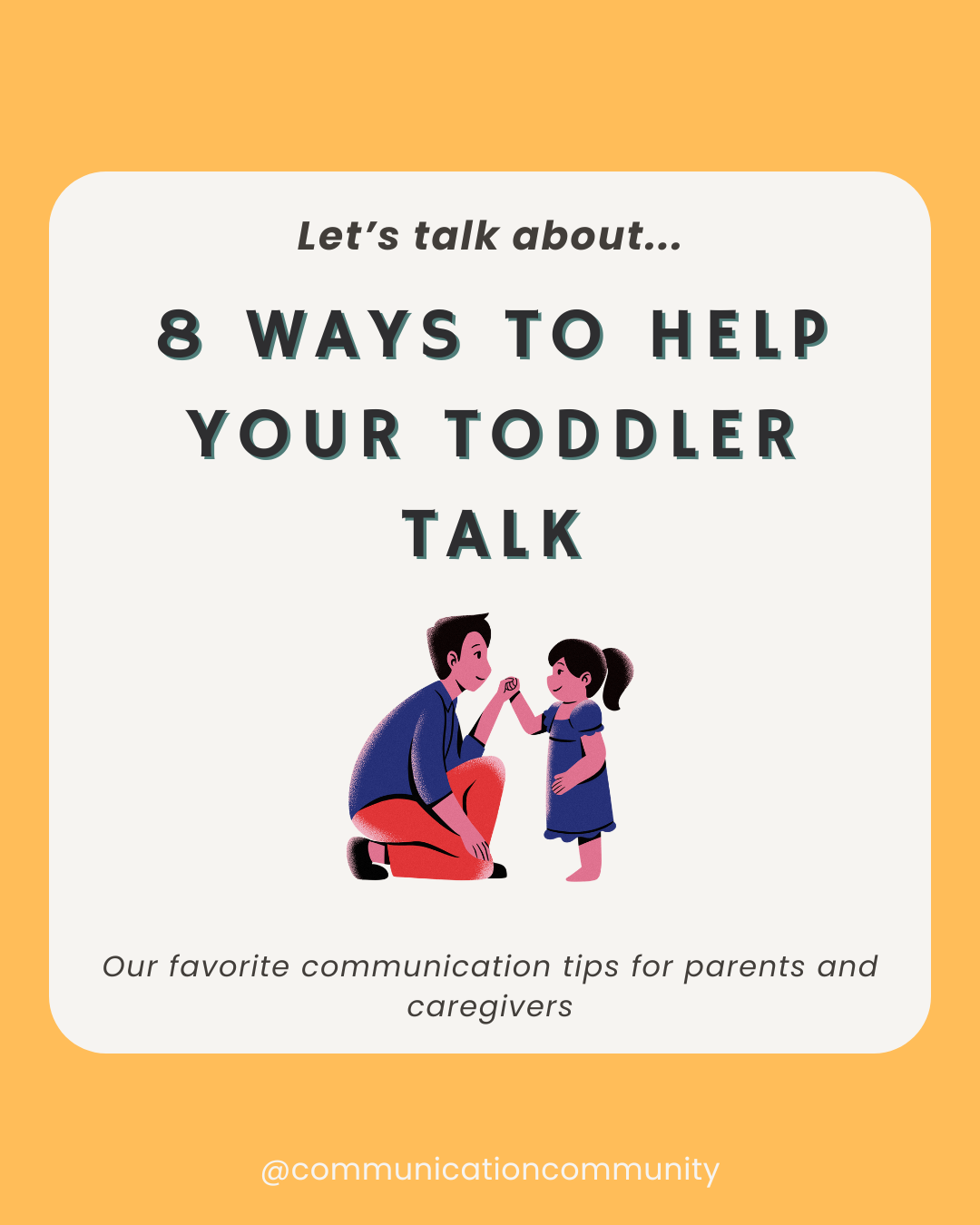
![How to Write Apraxia Goals [with goal bank]](https://www.communicationcommunity.com/content/images/2024/07/Apraxia-Goals--1-.png)
